Alternative Energy
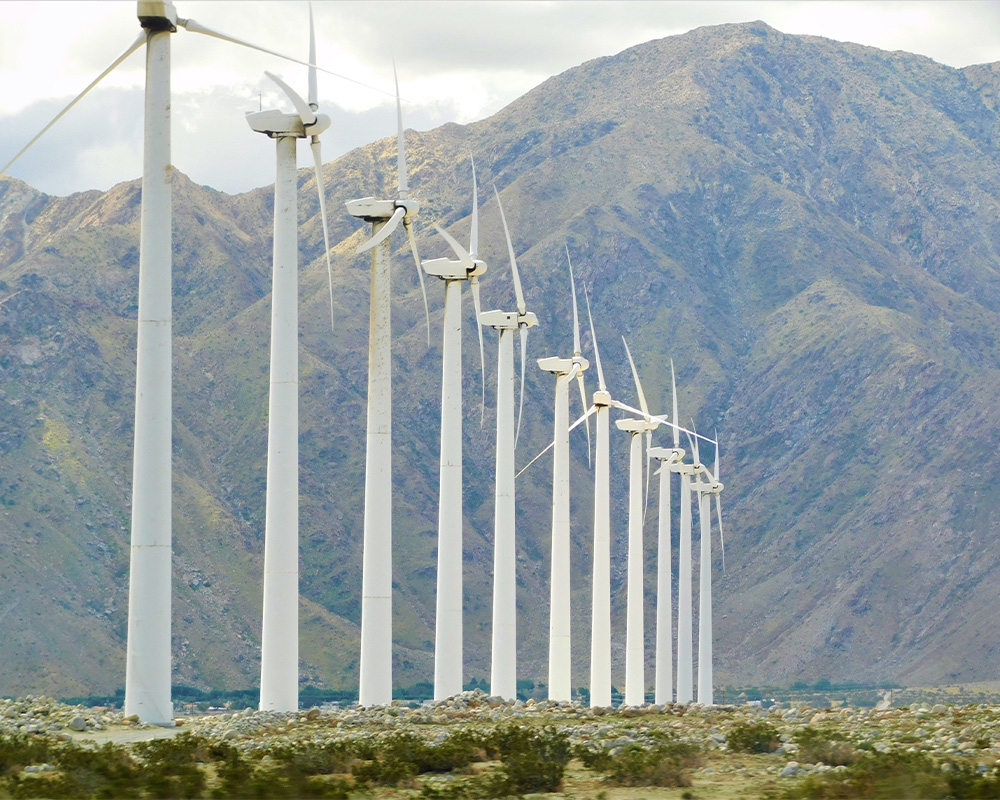
Aside from geothermal and nuclear energy, traced back far enough, most fuels humans use were created by the sun. Fossil fuels started as plant life that used the sun’s energy to grow before that biomass became sequestered in the earth as oil or gas. The sun is the main source of wind creation and also is a key to the water evaporation and rainfall cycle that allows for flowing water to generate hydroelectric power. Although it would take millions of years for the sun to recreate all the fossil fuel used to date, humans have developed the ability to capture and use the sun’s energy more directly. These advancements will drive the next stage of mankind’s development.
Somos is dedicated to furthering the development of all types of clean, renewable energy generation. Solar energy is only one key to unlocking the full transformation of the world from one that relies primarily on fossil fuels to a world that creates more energy than it needs from renewable sources.
Hydrogen Electrolysis
The renewable energy industry is continuously moving toward a future where carbon-negative or carbon-neutral energy is used to fuel all aspects of business and life. Compressed hydrogen is an energy-dense fuel alternative that is suitable for applications where current battery technology doesn’t yet meet the weight or distance requirements needed. Air travel and cargo ships are two examples where hydrogen would replace typical fossil fuels, like diesel and jet fuel. Hydrogen is tied to carbon in fossil fuels, and the carbon is released during its use.
Hydrogen electrolysis allows for hydrogen to be created by using electricity to split the bonds of water molecules into its hydrogen and oxygen components. The oxygen created from this reaction can be used in numerous industries, from manufacturing to medical. The hydrogen can be compressed and used as fuel.
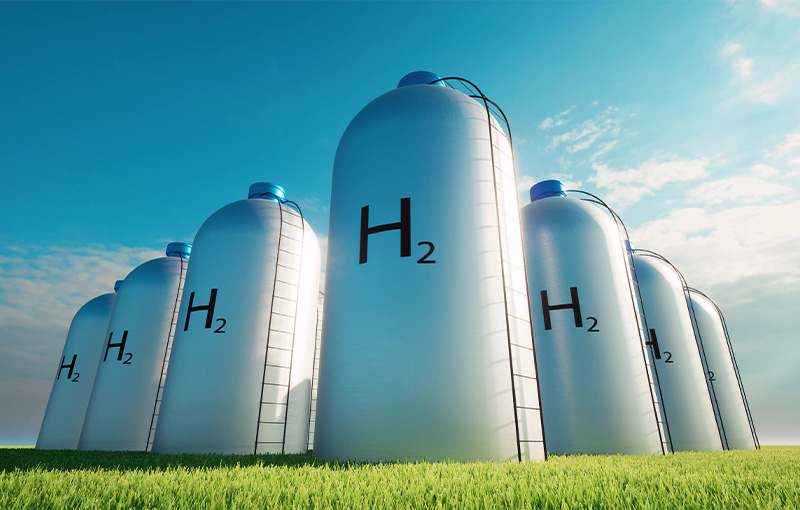
Because electricity can be created using the sun through numerous methods, hydrogen can be isolated using 100% renewable energy. When hydrogen is used as fuel, the only byproduct is clean water, thus completing the energy cycle from water back to water.
Geo-thermal
The earth can be used as a source of heat energy or simply for heat transfer. Geo-thermal energy is generally understood as the energy that can be harvested and captured from heat from underground volcanic activity from the Earth’s molten core which retains heat from the formation of the planet as well as radioactive decay. Although heat within the earth’s core will eventually cool in billions of years, it is considered renewable because the sheer volume of the heat source is almost unlimited. To generate energy using geothermal heat, water is injected into a continuously superheated portion of the earth where it is converted into steam. That steam then is used to drive turbines connected to electrical generating equipment. The transfer of energy from the steam to the turbines cools it back into water where it is re-used.
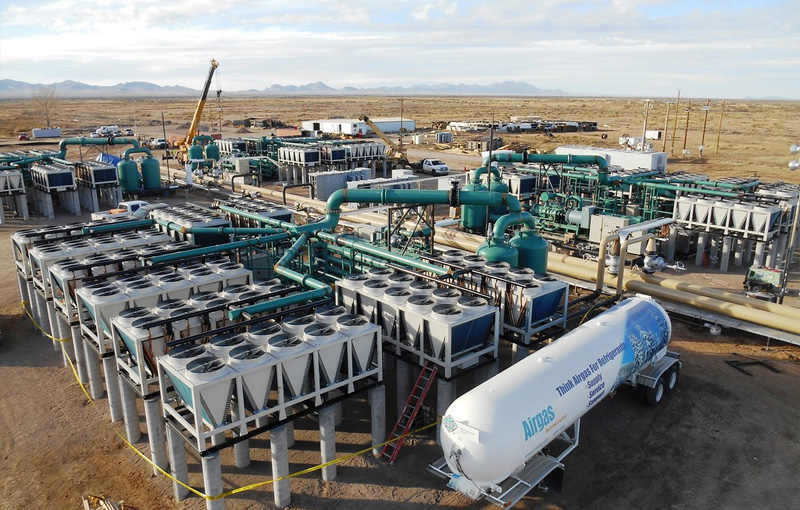
A lesser known aspect of geothermal energy is through geoexchange, which is the use of the consistent temperature the earth’s shallower layers to either warm or cool water or other liquids within tubes distributed throughout an area so that less energy needs to be used to change the temperature of the liquid for heating and cooling purposes within homes and businesses.
Wind Energy
Wind energy is an interesting and important form of renewable energy. Currently, wind energy accounts for about 8% of the United State’s electricity generating capacity. Wind turbines can be seen driving through open areas of land or even in the ocean, also known as offshore wind. These turbines can produce an amazing amount of electricity, anywhere from 1-8MW and new offshore wind utilizing floating platforms may get even larger. Wind energy can also be utilized on a smaller scale, and many farmers and off-grid residential situations use smaller wind turbines to augment energy production.
Wind energy is typically captured in areas where the land profile allows for a near constant wind supply. These turbines also require a large amount of land for a wind farm that do need to be serviced fairly regularly. In comparison to photovoltaic arrays, the land use is a similar footprint however photovoltaics require substantially less maintenance for the lifetime of the energy asset.
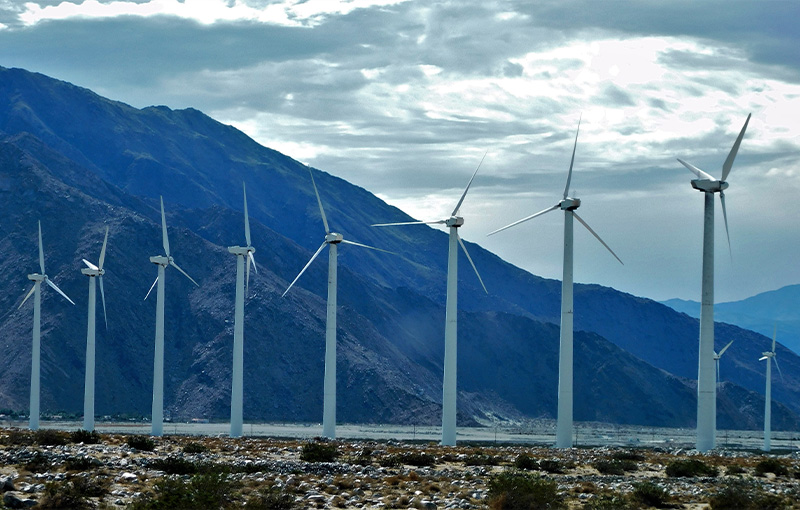
Hydro Electricity
Hydroelectric energy production is the process in which the movement of water is used to generate electricity. This has proven to be a reliable source of energy production as the kinetic energy produced by flowing water from reservoirs is utilized to turn a turbine (thus producing electricity). This energy can then be distributed to customers directly from the power plant. Hydroelectric energy is the most widely used form of renewable energy production in the world and accounts for about 71% of the renewable energy produced. This is significant because as climate change affects our water resources, so goes our ability to rely on hydroelectric energy; however, when this renewable energy method is implemented alongside other renewable sources (wind, solar, byproducts, etc) we can diversify our energy production methods and utilize hydroelectric production more efficiently. This particular type of energy production can be captured through various means including using dams, canal systems and uphill pumping methods.
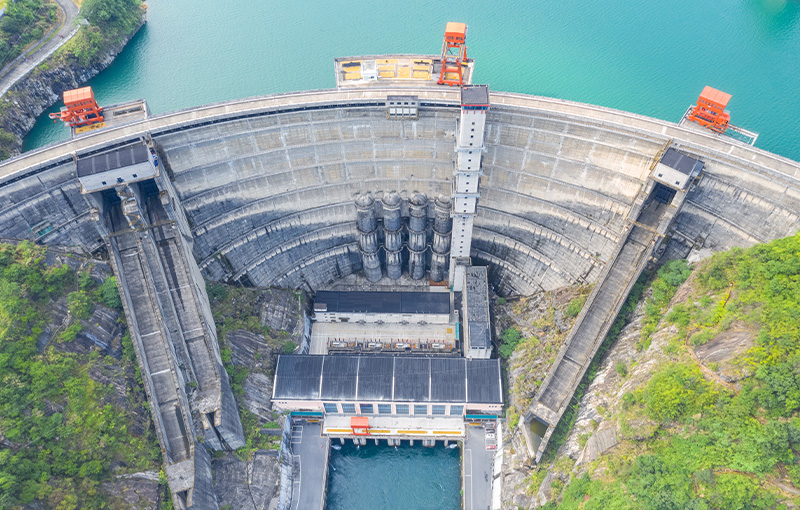
Other Benefits and Byproducts
Somos is actively working with clients who are focused on all aspects of creating a sustainable way to interact with our planet. We also assist research and development labs with the execution of new ideas for the creation of closed ecosystems that will be needed for space travel and potential habitation of other planets. A portion of that effort includes the consideration of new ways to incorporate byproducts from our projects into reusable assets. For instance, in green hydrogen electrolyzation, the two byproducts from splitting water are hydrogen and oxygen. Although oxygen isn’t a typical fuel source on earth, it is used heavily for rocket propulsion. A byproduct of hydrogen electrolysis.
Generation of hydrogen through electrolysis requires a system of cleaning the brackish, saline, and mineral-heavy water that represents almost 98% of the Earth’s water. There are many technologies in development to increase the efficiency and volume capabilities of this process that will reduce the long-term cost.
